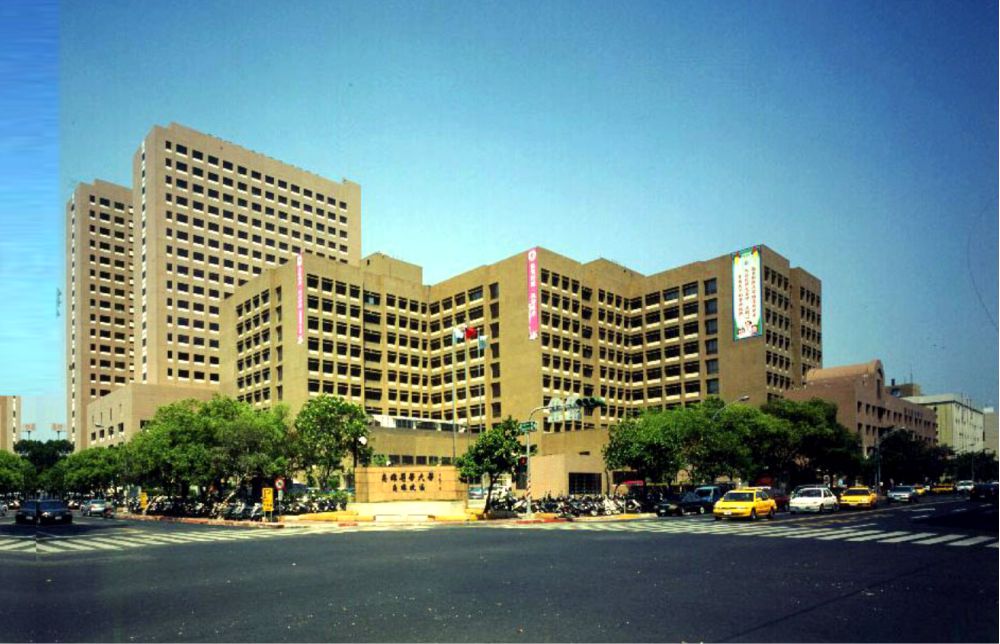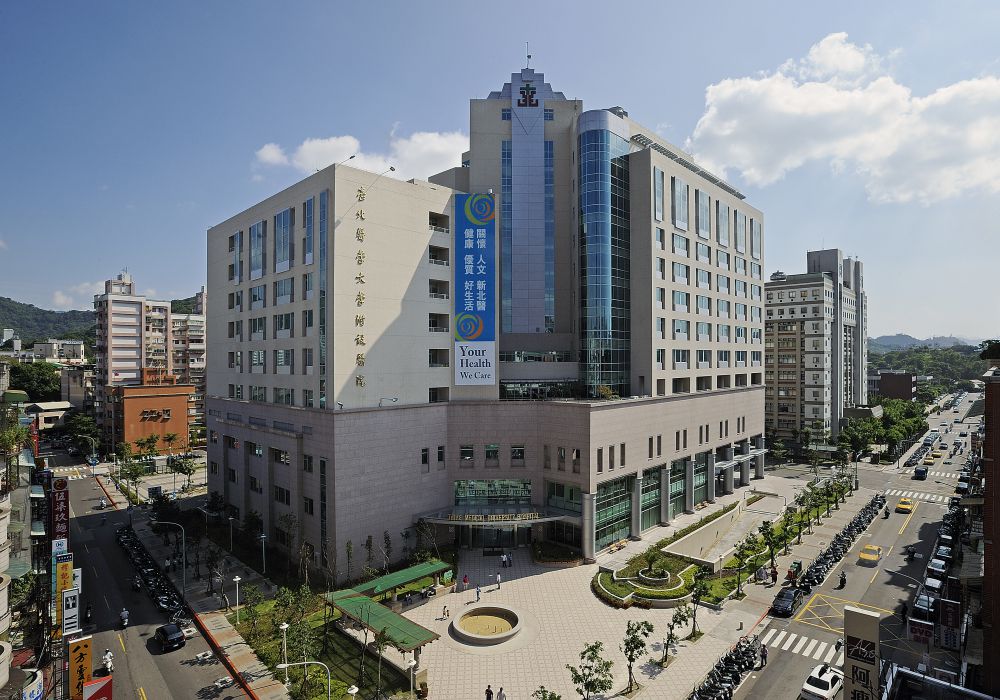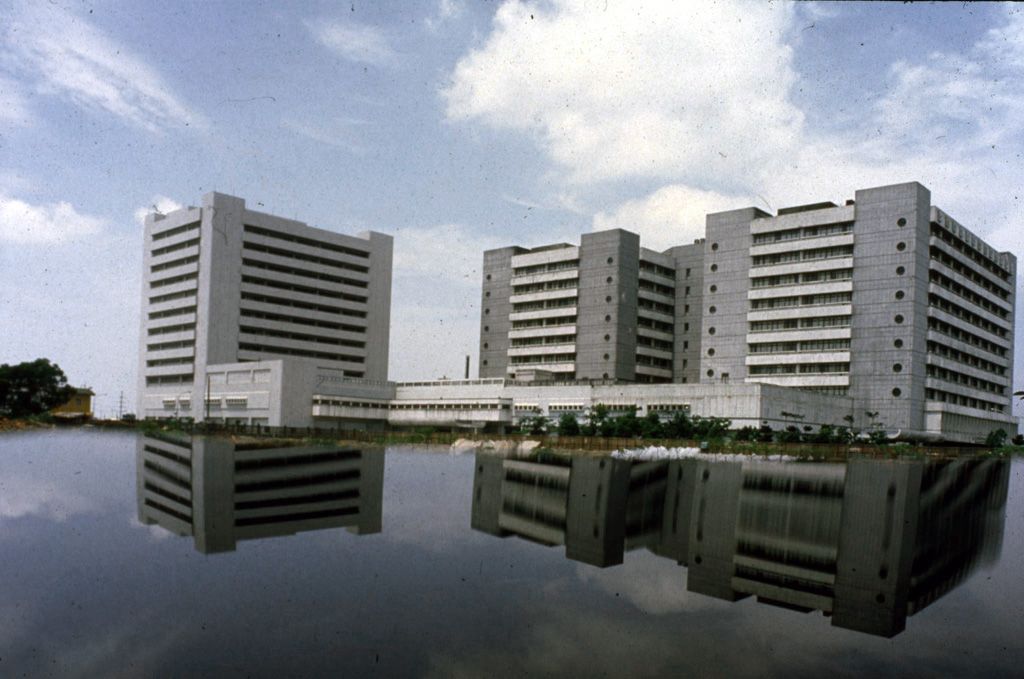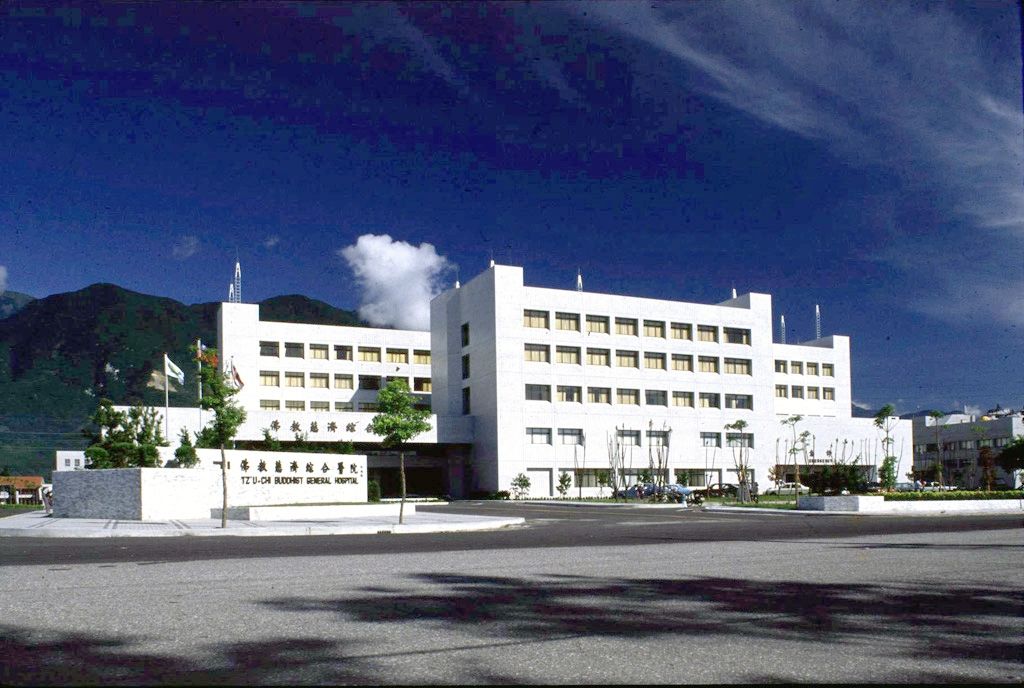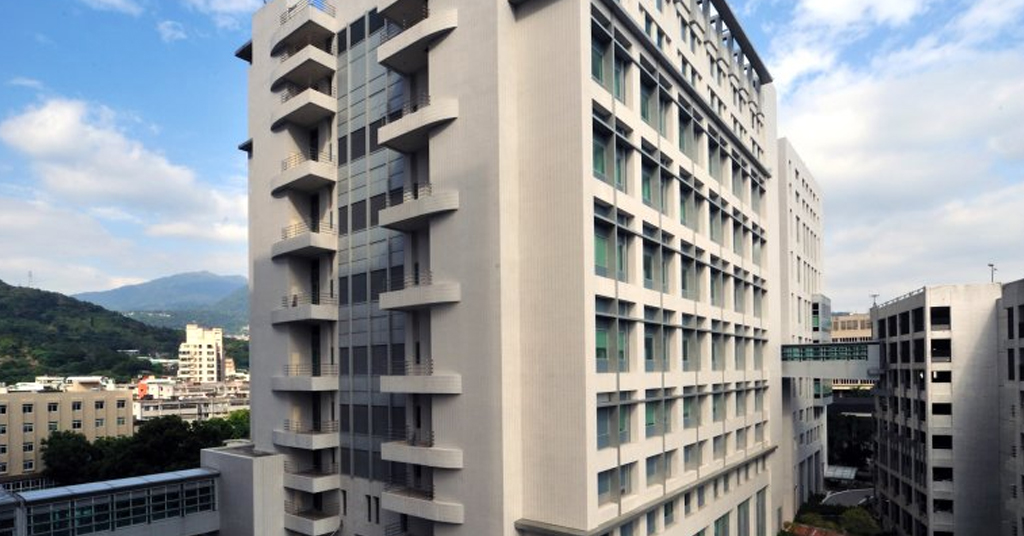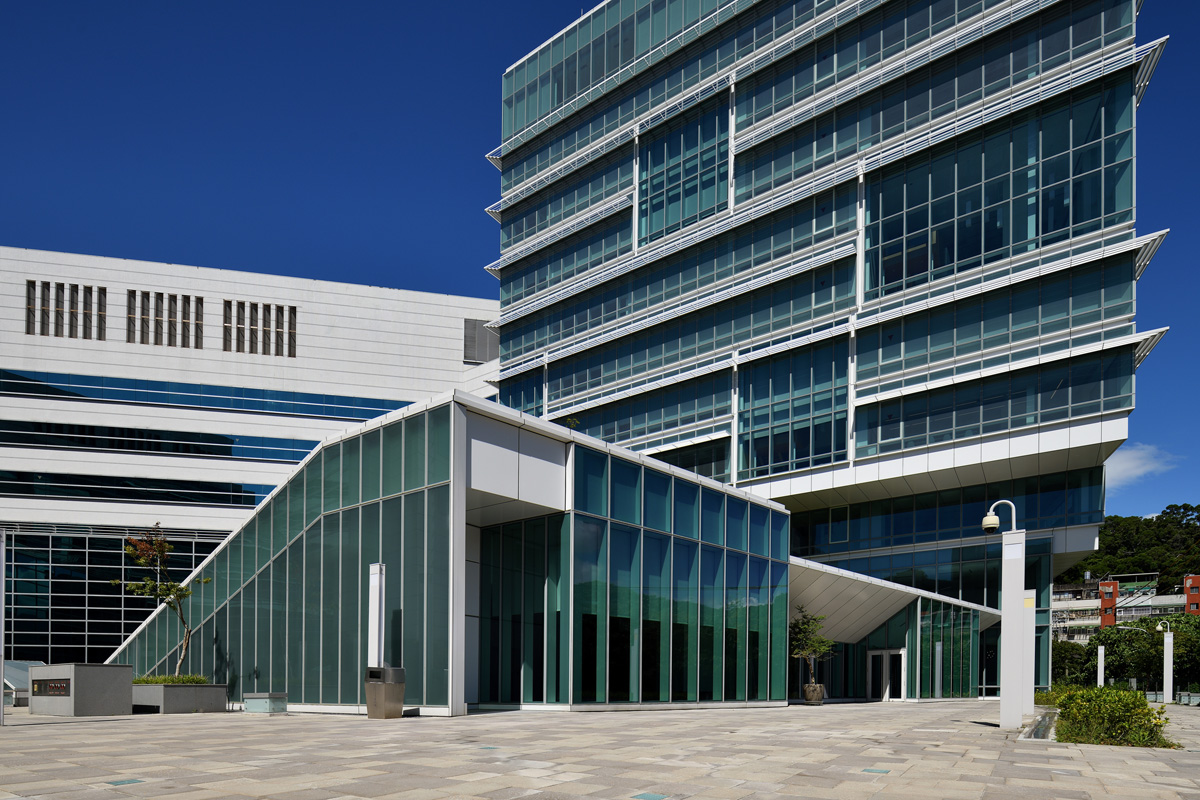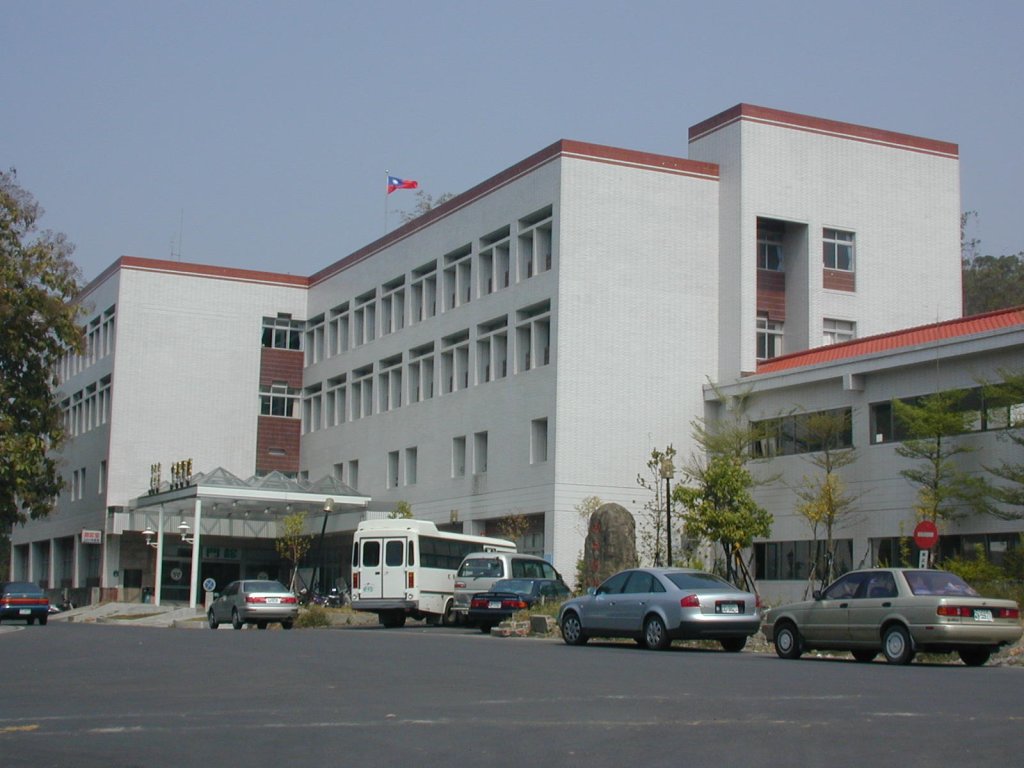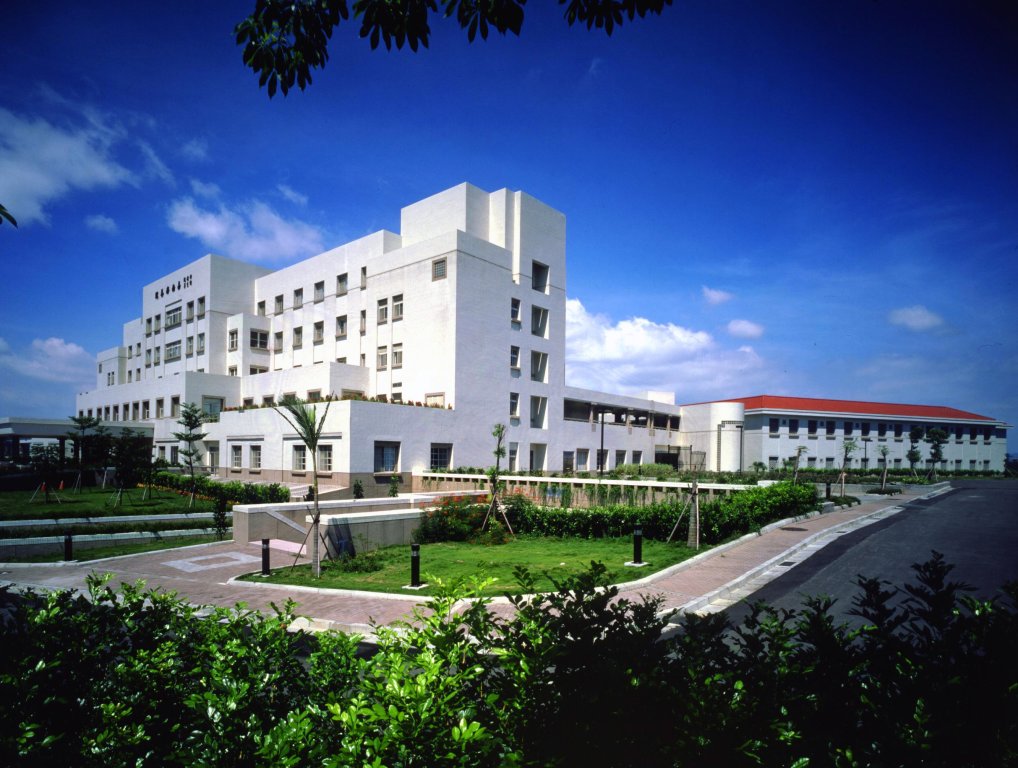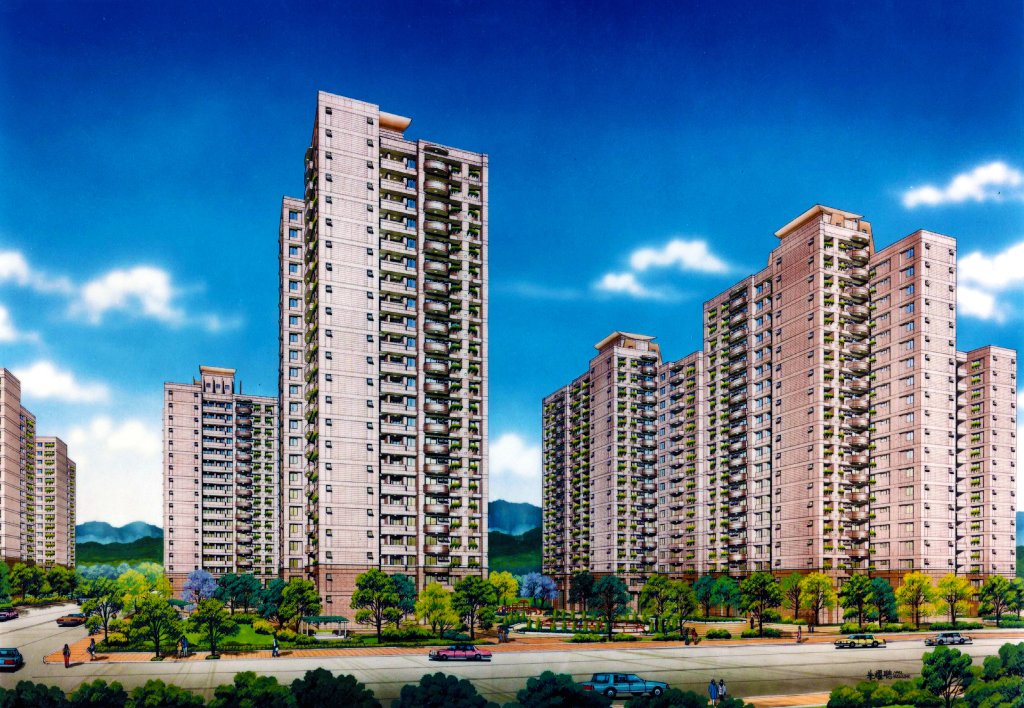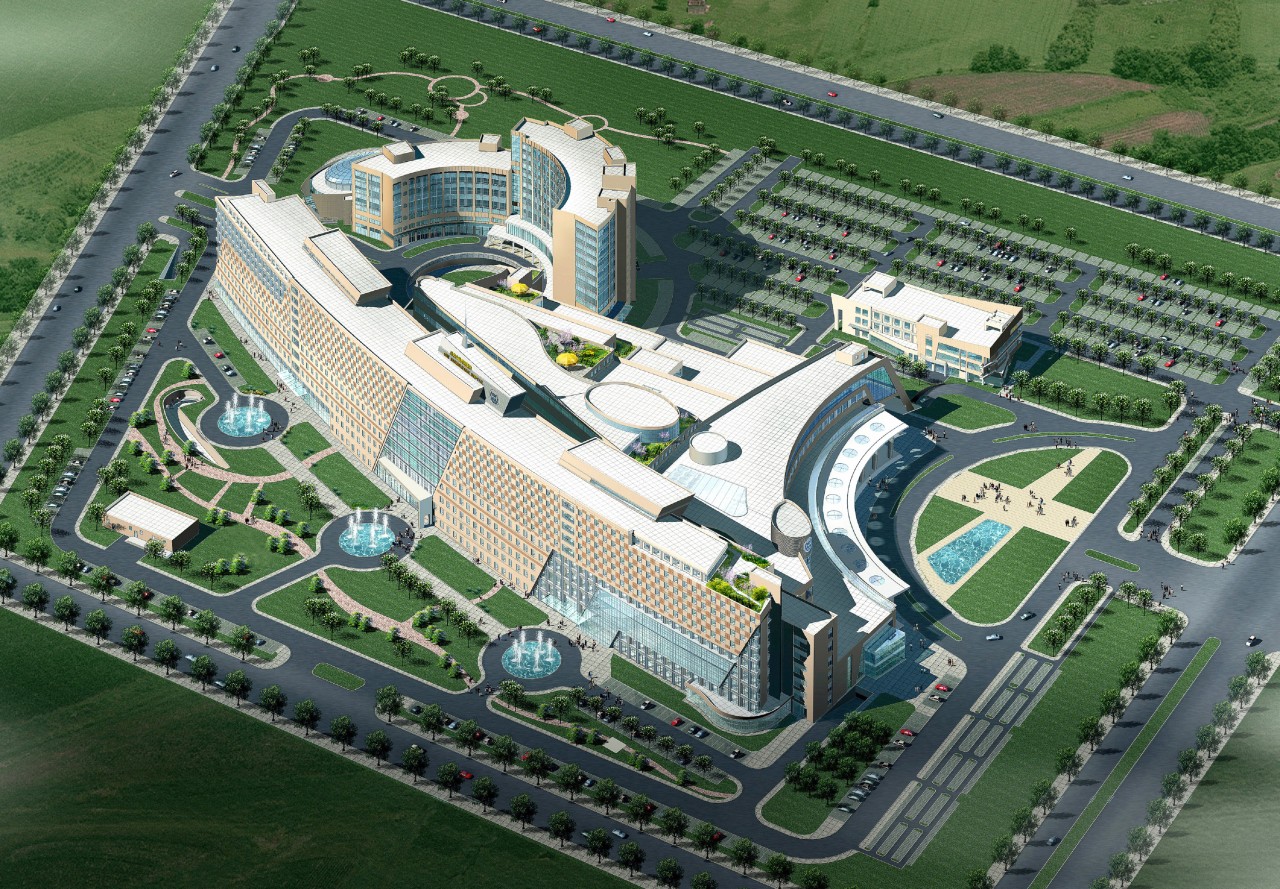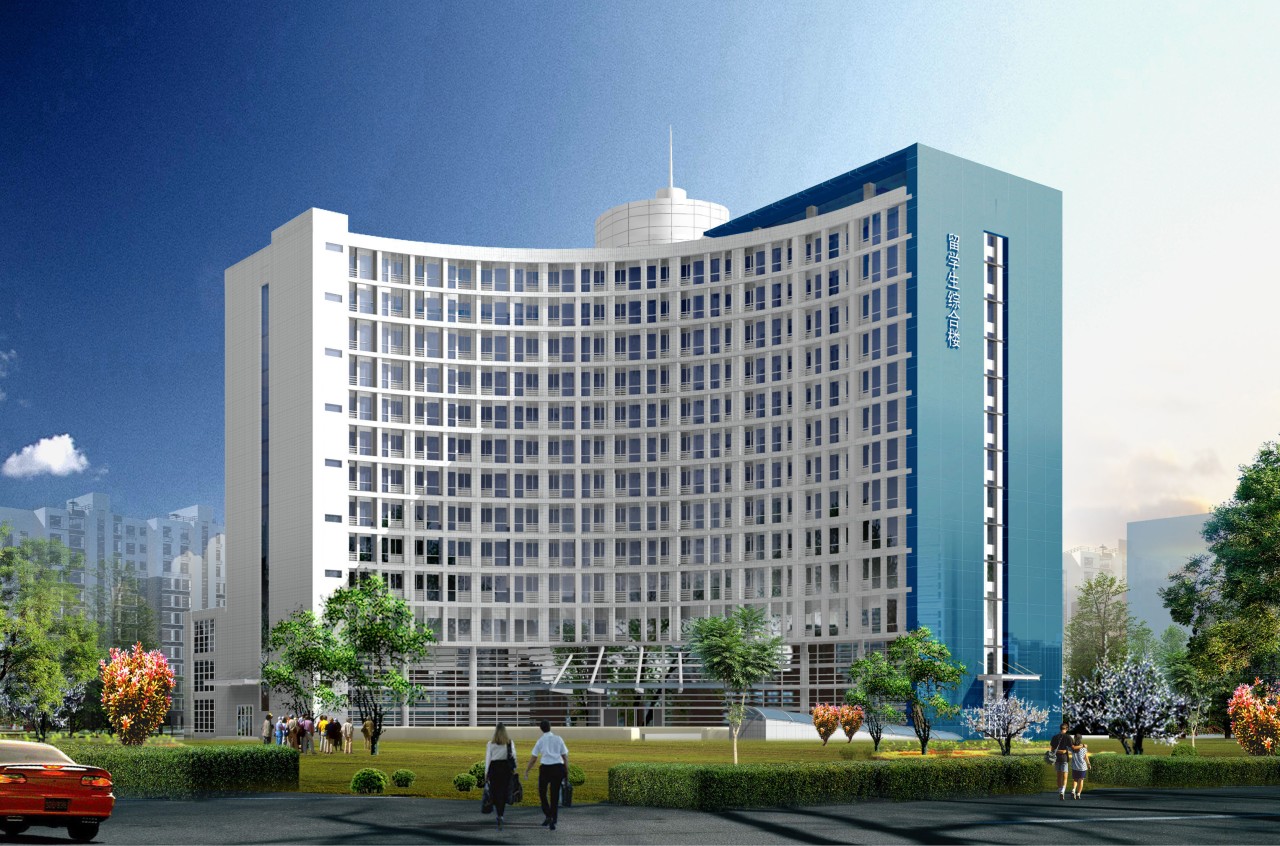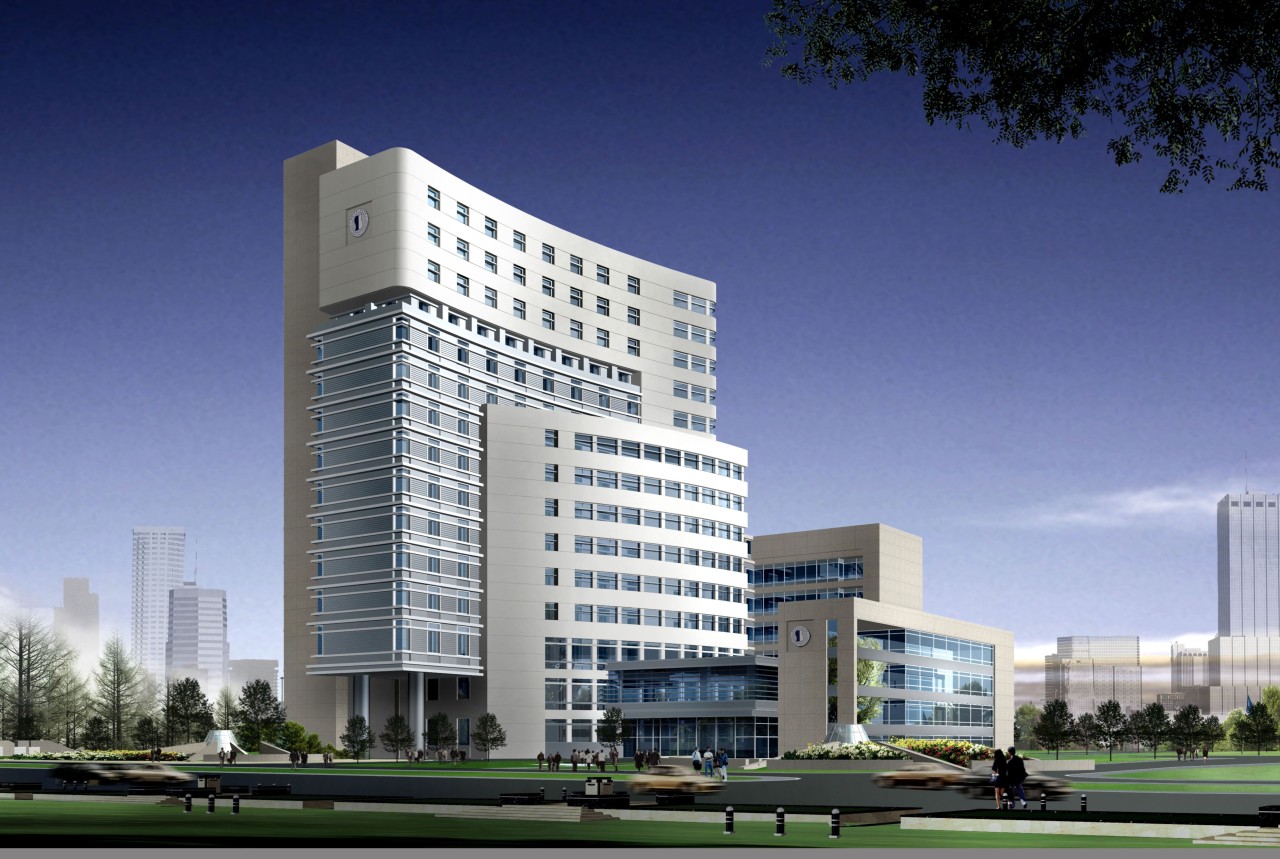The Theory and Practice of Expressive Art Therapy: Drama Therapy
By Fang-lan Chen
What is drama therapy?
Drama is a way to participate in life scenarios by mimicking or imitating people’s behavior through role play. Drama therapy has strong therapeutic potential by enabling clients to recreate and transform their life experiences. Individuals can express and resolve their problems as well as gain and maintain good mental health.
Essential to this method is the ability to create, play and heal. Because dramatic performance encourages creative resolution, drama therapy can counterbalance with “sense and order” the “nonsense and disorder” of emotional distress and illness felt by the client. Conflicts in life are "resolved" by acting out a different result to the original conflict or situation.
Forms of drama therapy
1. Role-playing: Explores life experience through the creation of an imaginary environment
2. Using objects and materials: Handles and resolves problematic feelings, relationships or experiences
3. Wearing masks and costumes: Depicts the self and self-image
4. Using play, storytelling and fable: Searches for problems within events or issues
5. Creating “ritual”: Acknowledges change or milestones in life
6. Acting in progressive stages: Develops new ways to connect to the self or others
Drama therapy can be seen as a set of constructed and controlled experiments to provide a new way of life with imagination, intellect and spirit. This new way of living enables the client to discover meaning within the world they live.
The emergence of drama therapy
The Greek philosopher Aristotle (384 BC – 322 BC) suggested the function of Greek tragedy is to induce emotional and spiritual catharsis. The emotions of pity and terror induced in tragedy can purify repression and negative feelings in a client. In this manner, tragedy evokes the ability to emotionally accept negative experiences because the client is no longer suspicious of her own participation and no longer feels the need for disconnection.
Drama therapy has a long history. In the 5th century, Caelius Aurelianus, in his work On Acute and Chronic Diseases, divided the mentally ill according to the seriousness and degree of appropriate drama therapy they needed to receive. Accordingly, ancient plays, traditional religious rituals, and medieval festivals contained therapeutic elements to sustain the well-being and health of their community and managed to help individuals with emotional release.
In the eighteenth century, many asylums continued to provide therapeutic treatments to the mentally ill and promoted occupational and artistic activities along with medical treatment. The persistence of art as therapy revolutionized western medicine. Several hospital theater programs were established in Europe during this period. A theater with scenery was constructed at the Ticehurst Asylum in England. Marquis de Sade, an inmate at the Charenton Asylum outside Paris, was invited to direct dramas for therapeutic purposes. In addition, a German author wrote plays specifically to be used in theaters at psychiatric hospitals.
In the nineteenth century, a large number of asylums were being built with hospital theaters as part of their facilities. For example, psychiatric hospitals at Aversa, Naples and Palermo in Italy were built with hospital theaters. On the other side of the Atlanta Ocean, Menninger Clinic and other hospitals in New York State hosted annual theater reviews in 1942. The Riggs Theater at Austen Riggs psychiatric center, Stockbriage, Massachusetts, began its community theater in 1943. A play, The Persecution and Assassination of Jean-Paul Marat as Performed by the Inmates of the Asylum of Charenton Under the Direction of the Marquis de Sade, was staged at the Austen Riggs. In addition, “Hotel Saint Elizabeth” was produced by the staff of St Elizabeth’s Hospital about the lives of workers in the hospital, another therapeutic element of hospital theater.
Another example is the theater at Hospital Julio de Matos in Lisbon, Portugal. It was initially built for recreational services for hospital patients and provided a venue for plays written by patients. The theater later became the place to stage psychodramas as a direct form of therapy. As this idea developed, hospital theater evolved, changed and networked until it finally broadened into its current range of treatment coverage and therapeutic programs.
Today, drama therapy has gradually separated from artistic play and educational drama. It has developed independently and is unique in therapeutic theory and practice. Similar to the development of other art therapies, drama therapy has also separated from its original hospital and asylum environments and has established its uniqueness in the therapeutic field.
Nine core processes for therapeutic purpose in drama therapy
Phil Jones (1996) has developed definitions for nine core processes for therapeutic purpose in drama therapy.
1. Dramatic projection
The clients project their inner conflicts onto a visible image in drama to produce space for dramatic dialogue. The process helps clients to realize their inner conflicts, enable change, create new relationships with others, and eventually readjust their inner world.
2. Therapeutic performance process
Therapeutic performance process allows clients to express their unresolved issues. Clients identify problems and realize their issues through different role-playing. During the process, clients change their perception and search for solutions to their problem or choose a new direction in which to go.
3. Drama-therapeutic empathy and distancing
Empathy encourages emotional resonance, identification and emotional involvement. During the therapeutic process, clients develop their empathic response and improve their relationships with others. Distancing encourages an involvement which is more orientated towards creative thought, reflection and perspective. Gradually, the clients develop and transform between these two processes.
4. Personification and impersonation
The clients express an issue, feeling or personality within a dramatic framework. The process provides an opportunity for the client to explore himself and experience what it is like to be another. In addition, the process helps the client to understand his problem of which he is situated and eventually develop the ability to reconnect with others.
5. Interactive audience and witnessing
The clients and the audience encounter and affect each other during the dramatic reflection process. They observe and benefit from the motivation of mutual support, and finally achieve a “peak experience” within the encounter.
6. Embodiment: dramatizing the body
Embodiment simply entails a process through which clients recognize their physical potential and body language through dramatic performance. During the process, the client changes personal identity by entering a role, induces a new observation, perspective and release, and explores the image, emotional hurt or distress as it relates to the body.
7. Playing
Drama therapy creates new relationships with playful reality. The client is empowered to deal with events, concepts and consequences with an attitude of creativity, experimentation and flexibility. Playing is related to the continuity and development of cognition, emotion and relationship with others. A collaborative environment helps the client to face the self and life experience, and is allowed to disregard the development stage of solitude. Decisions and actions are experienced without judgment. Clients are free to make mistakes because it is play.
8. Life-drama connection
Drama therapy refers to the process where clients can apply their life experience without creating serious consequences. The client is separated from the reality and receives satisfaction from exploring the unconscious. The life-drama connection reflects the real life of the client through constructed drama. Dramatic representation flows between the objective and subjective, making "real life" more comfortable and safe while enabling the client to go on a “creative adventure.”
9. Transformation
Transformation can be seen within the many aspects of dramatic process. We observe clients develop and transform, and these changes are therapeutic. The clients develop the new ability of verbal expression, feeling and response through drama therapy. They participate in the production process of drama, satisfy their desire to create, rearrange their thoughts, values, emotions, and finally respond to themselves and the world. The relationship that the client forms with their drama therapist and other group members is also transformative.
In short, drama therapy is an interdisciplinary art and science. It reveals the inherent healing potential of art.
Reference: Jones, P. (1996). Drama as Therapy: Theatre as Living. London: Routledge
國衛院相關
NHRI
国卫院相关
醫學院及附設醫院
College of Medicine and Hospitals
医学院及附设医院
慈濟專案
Tzu Chi Featured Projects
慈济专案
實驗室
Laboratory
实验室
財團法人及企業醫院
Medical Facilities by NPOs
财团法人及企业医院
外交部/署立/市立/軍醫院
Minister of Foreigner Affair / Government Medical Facilitie
外交部/署立/市立/军医院
Medical Centers
医疗院相关
醫療院相關
校園、住宅、工業建築
Campus/Residence/Factory
校园、住宅、工业建筑
大陸發展事業群
Featured Projects in China
大陆发展事业群
大陸專題醫院
Specialty Hospitals in China
大陆专题医院
健康醫療園區
健康医疗园区
Medical Care Center
許常吉建築師事務所
11577 臺北市南港區八德路四段768巷3號2樓之1
+886-2-2783-3615
+886-2-2788-5735
合作夥伴
惟澤(廈門)建築設計事務所有限公司
廈門市湖里區湖里大道22號聯發文創口岸1號樓401單元(郵編361000)
0592-2590858
0592-2590858
C.C.Hsu Associates Architects and Engineers
2F.-1, No.3, Ln. 768, Sec. 4, Bade Rd., Nangang Dist., Taipei City 115, Taiwan (R.O.C.)
+886-2-2783-3615
+886-2-2788-5735
Partners
Weize (Xiamen) Architecture Design CO., LTD.
#401, No. 22, Huli Avenue, Huli District, Xiamen, China 361000
0592-2590858
0592-2590858
许常吉建筑师事务所
11577 台北市南港区八德路四段768巷3号2楼之1
+886-2-2783-3615
+886-2-2788-5735
合作伙伴
惟泽(厦门)建筑设计事务所有限公司
厦门市湖里区湖里大道22号联发文创口岸1号楼401单元(邮编361000)
0592-2590858
0592-2590858
台灣醫療建築暨醫務管理交流協會
11577 臺北市南港區八德路四段768巷3號2樓之1
+886-2-2782-9671
+886-2-2788-5735
聖帝國際建築工程設計有限公司北京第一分公司
北京市西城区白广路4号院A区 1层110室(邮编100053 )
Taiwan Medical Buildings and Healthcare Executives Association
2F.-1, No.3, Ln. 768, Sec. 4, Bade Rd., Nangang Dist., Taipei City 115, Taiwan (R.O.C.)
+886-2-2782-9671
+886-2-2788-5735
Shengdi lnternational Architecture & Engineering Co., Ltd>
Suit 110, 1st Floor, Section A, No. 4, Bai-Guang Road, Xi-Cheng District, Beijing, China 100053
台湾医疗建筑暨医务管理交流协会
+886-2-2782-9671
+886-2-2788-5735
圣帝国际建筑工程设计有限公司北京第一分公司
北京市西城区白广路4号院A区 1层110室(邮编100053 )






